Butterflies and Bees: Essential Pollinators of Samos Ecosystems
1/25
Earn XP
Description and Tags
Vocabulary flashcards covering pollinator species and key ecological notes from the Samos lecture, including bees, butterflies, and moths, their roles, characteristics, and habitats.
Name | Mastery | Learn | Test | Matching | Spaced |
|---|
No study sessions yet.
26 Terms
European Bee
(Apis mellifera) European honeybee; social, colony-living pollinator on Samos; pollinates wildflowers and crops such as olives (Olea europaea) and almonds (Prunus dulcis); produces honey for local farmers.

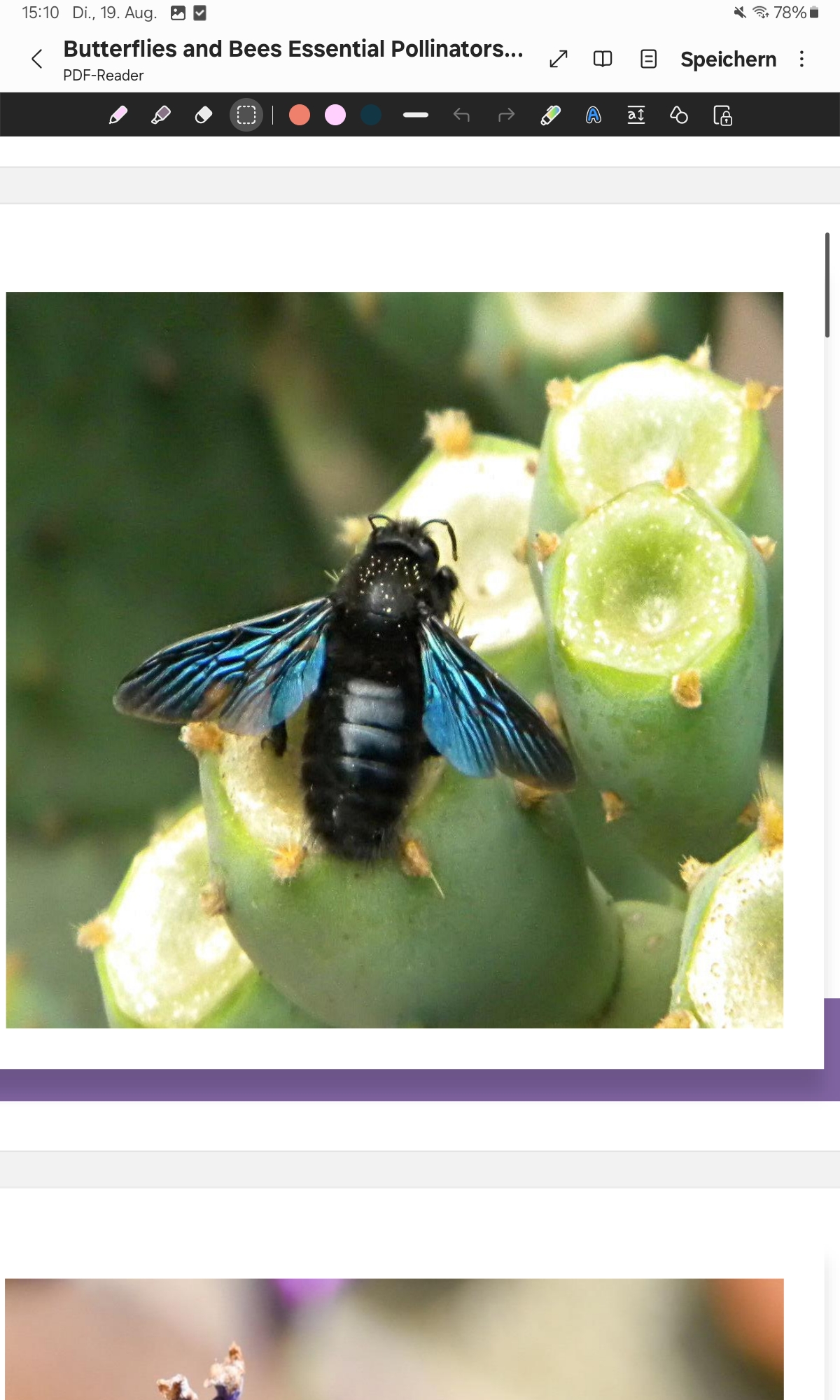
Carpenter Bee
(Xylocopa violacea) Solitary bee with a large, metallic blue-black body; excellent pollinator of deep-corolla flowers such as lavender (Lavandula spp.) and rosemary (Salvia rosmarinus).
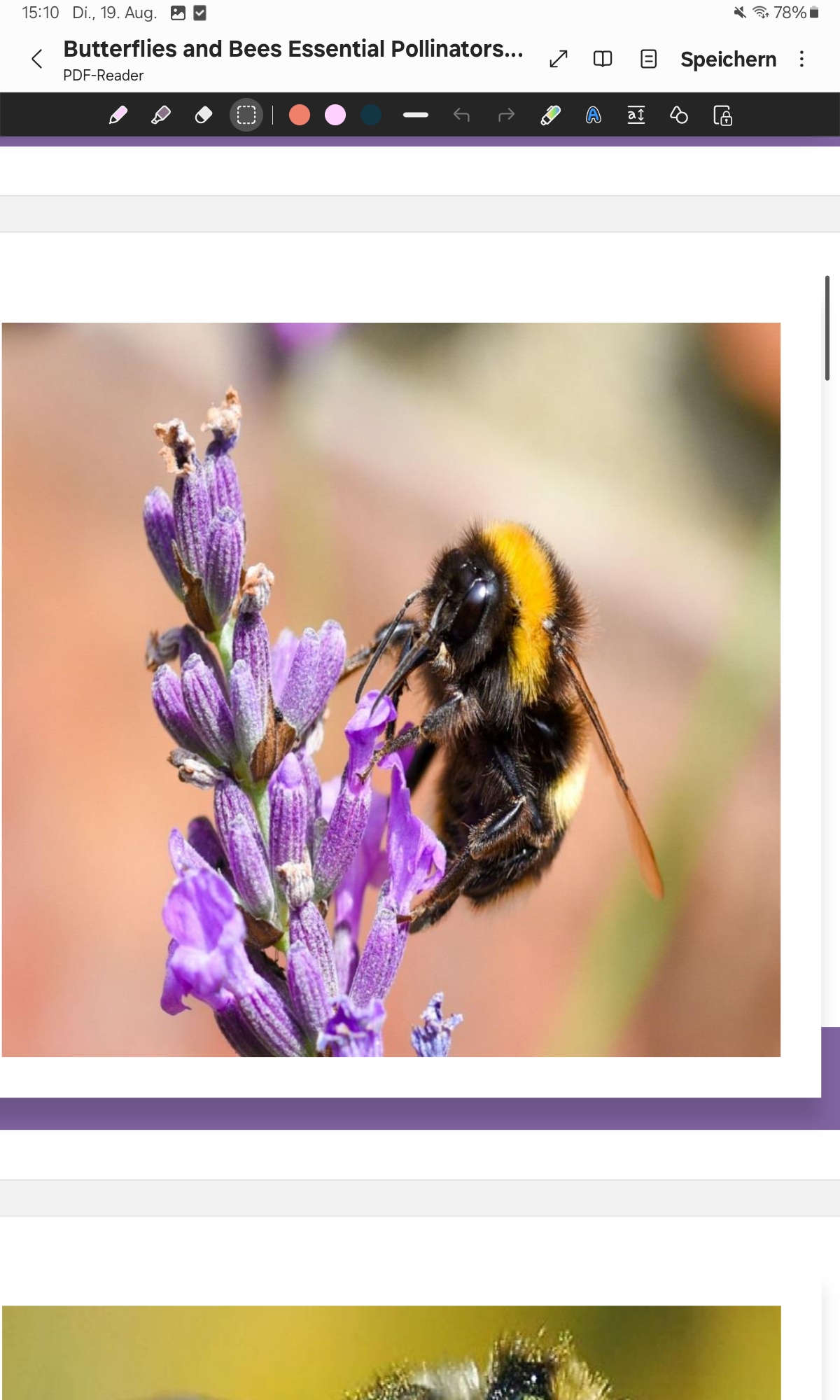
Bumble Bee
(Bombus spp.) Social bees with robust, hairy bodies; effective pollinators, especially via buzz pollination; nest in cavities or underground; forage across cooler temperatures and early spring.
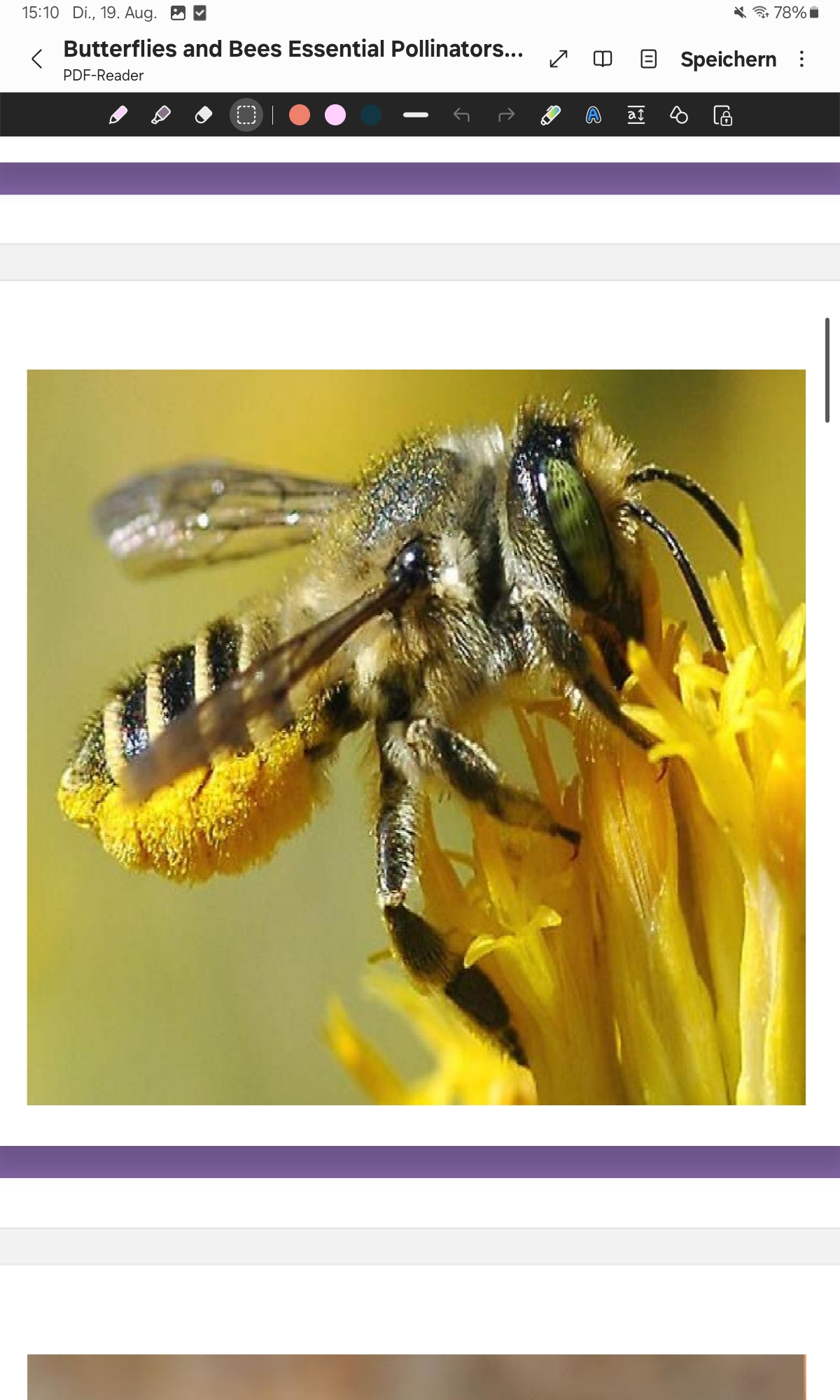
Leafcutter Bee
(Megachile spp.) Solitary bees that cut neat pieces of leaves to construct nests; efficient pollen collectors due to specialized abdominal hairs; pollinators of wildflowers and crops like alfalfa (Medicago sativa) and sunflowers.
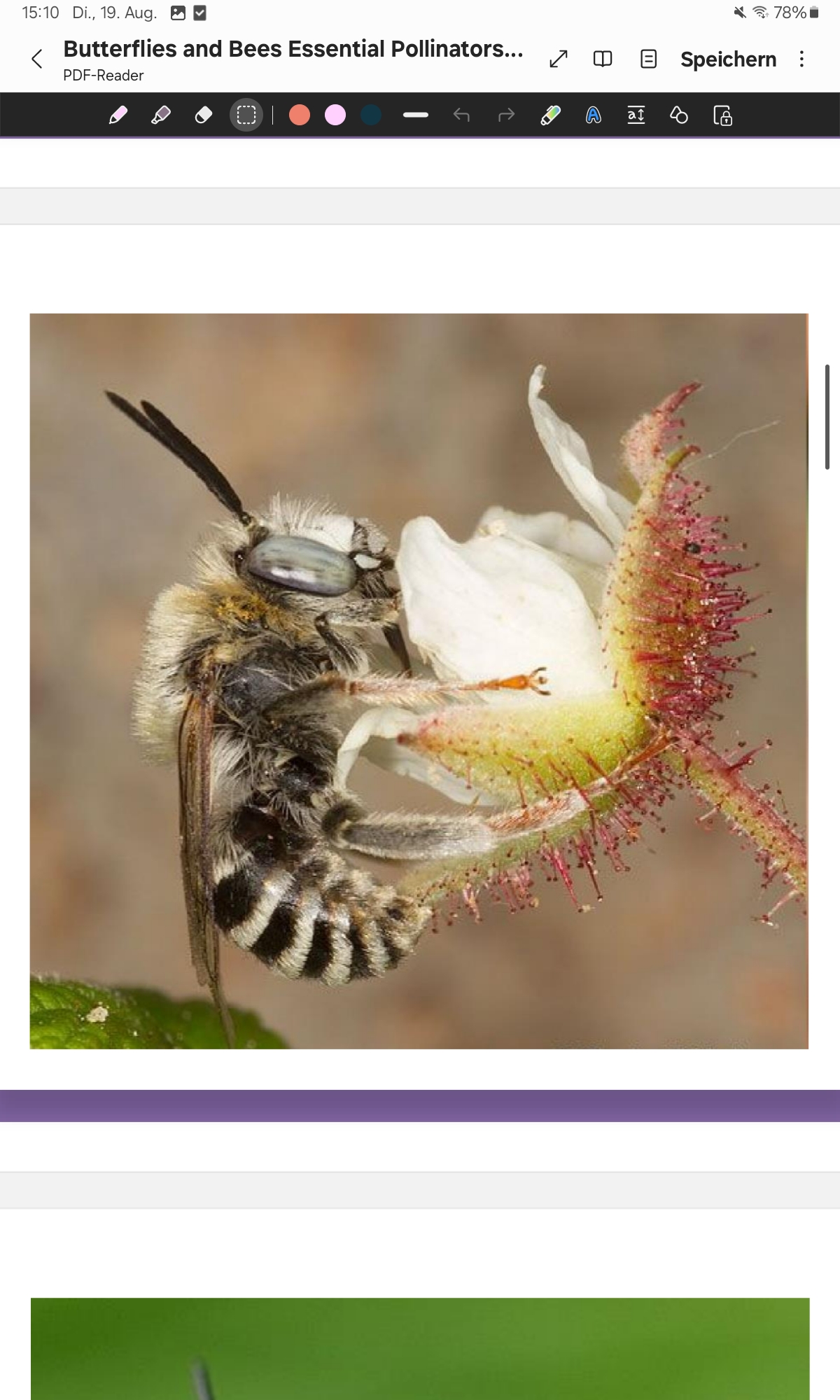
Digger Bee
(Anthophora spp. ) Vibrant, fast-flying bees with dense body hairs; vital pollinators of wildflowers and Mediterranean plants; nest in soil, creating burrows in sandy or loose ground.
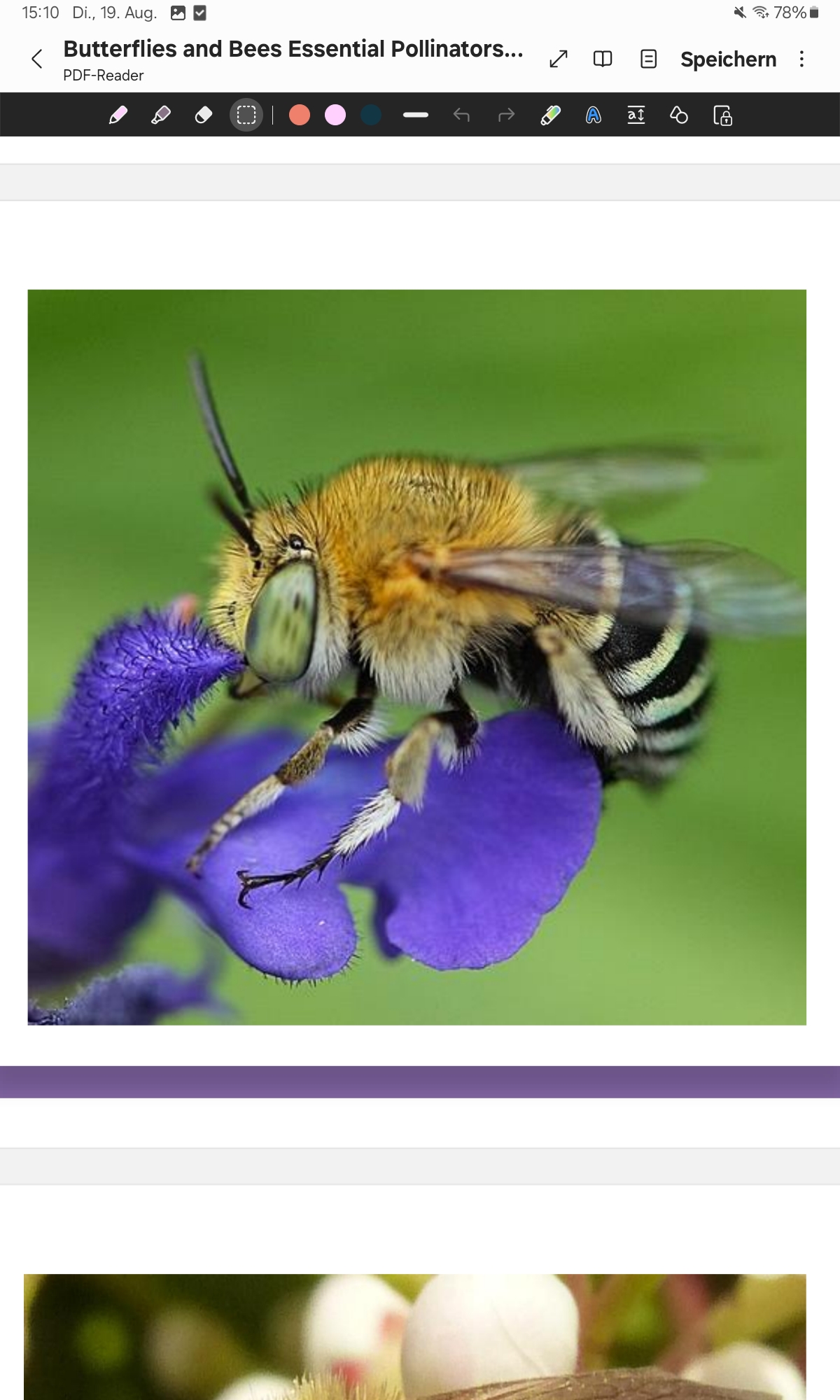
Banded Bee
(Amegilla spp.) Medium-sized bees with striped abdomens and a golden-brown head; nest in soil, soft sandstone, old mortar, or mud bricks.
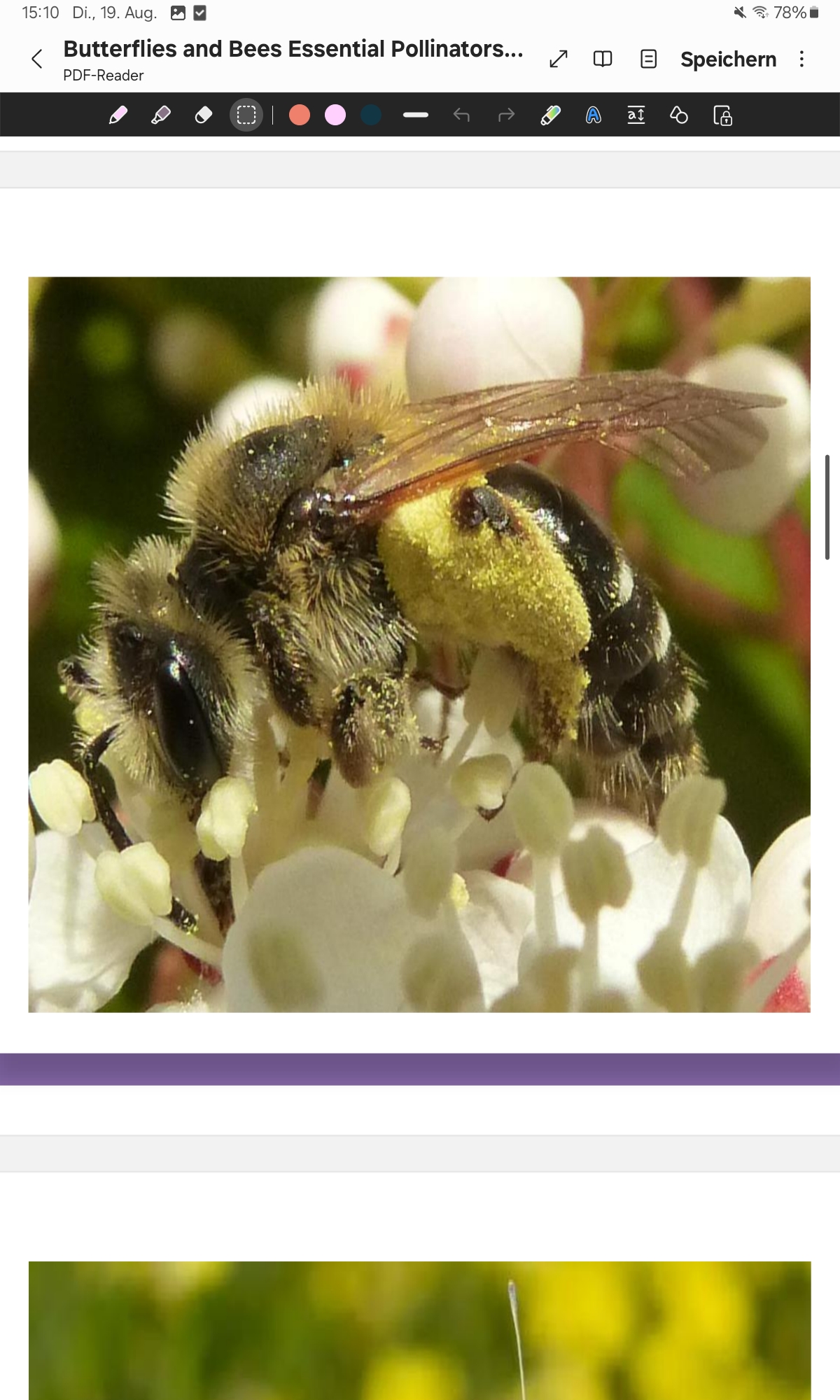
Mining Bee
(Andrena spp.) Ground-nesting bees; build nests underground; key pollinators of fruit trees, blueberries, raspberries, and orchids.
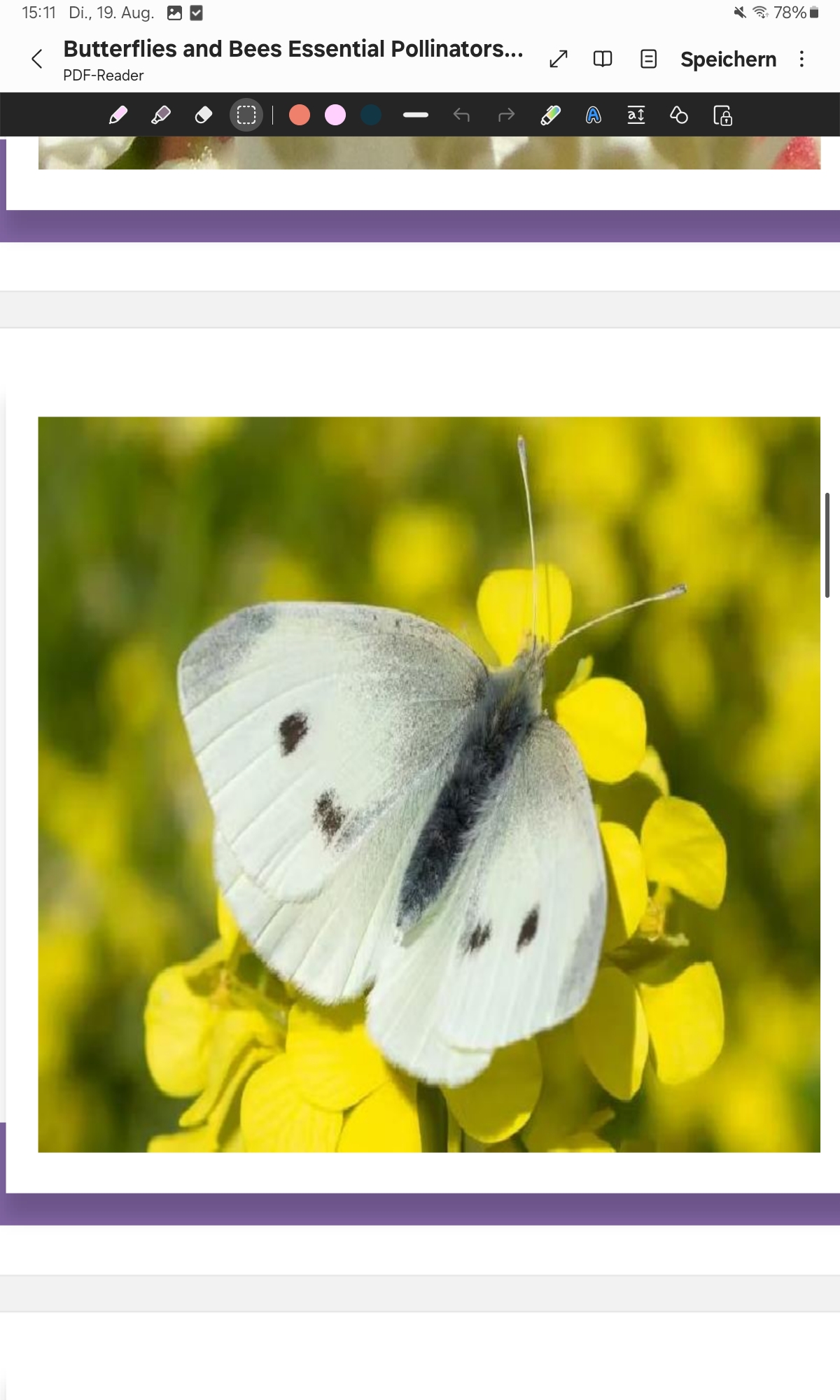
Small White
(Pieris rapae) Common white butterfly; pollinates wildflowers and crops such as cabbages (Brassica oleracea) and radishes (Raphanus sativus); white wings with small black spots.
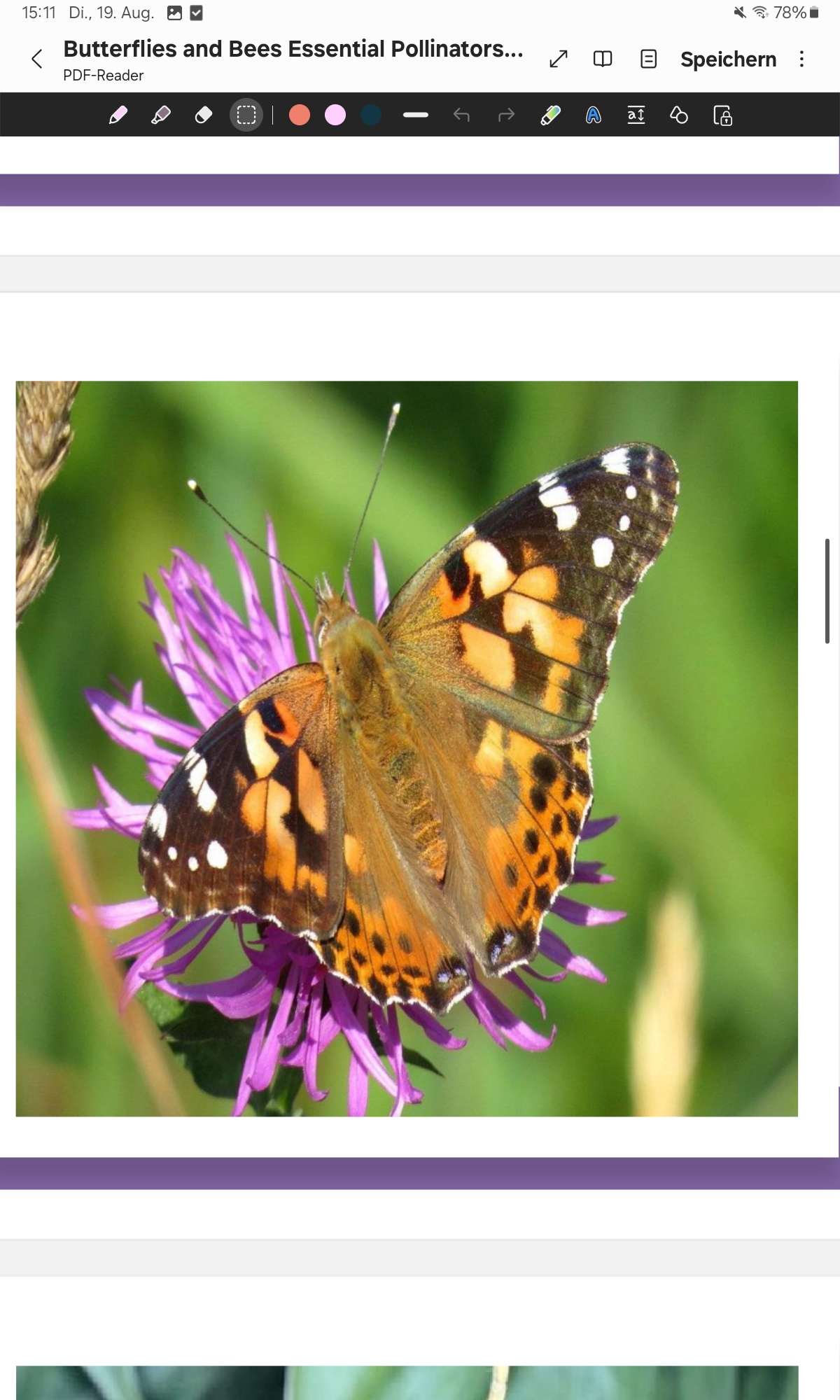
Painted Lady
(Vanessa cardui) Migratory butterfly; pollinates a wide range of plants including daisies (Bellis perennis) and clovers (Trifolium spp.).
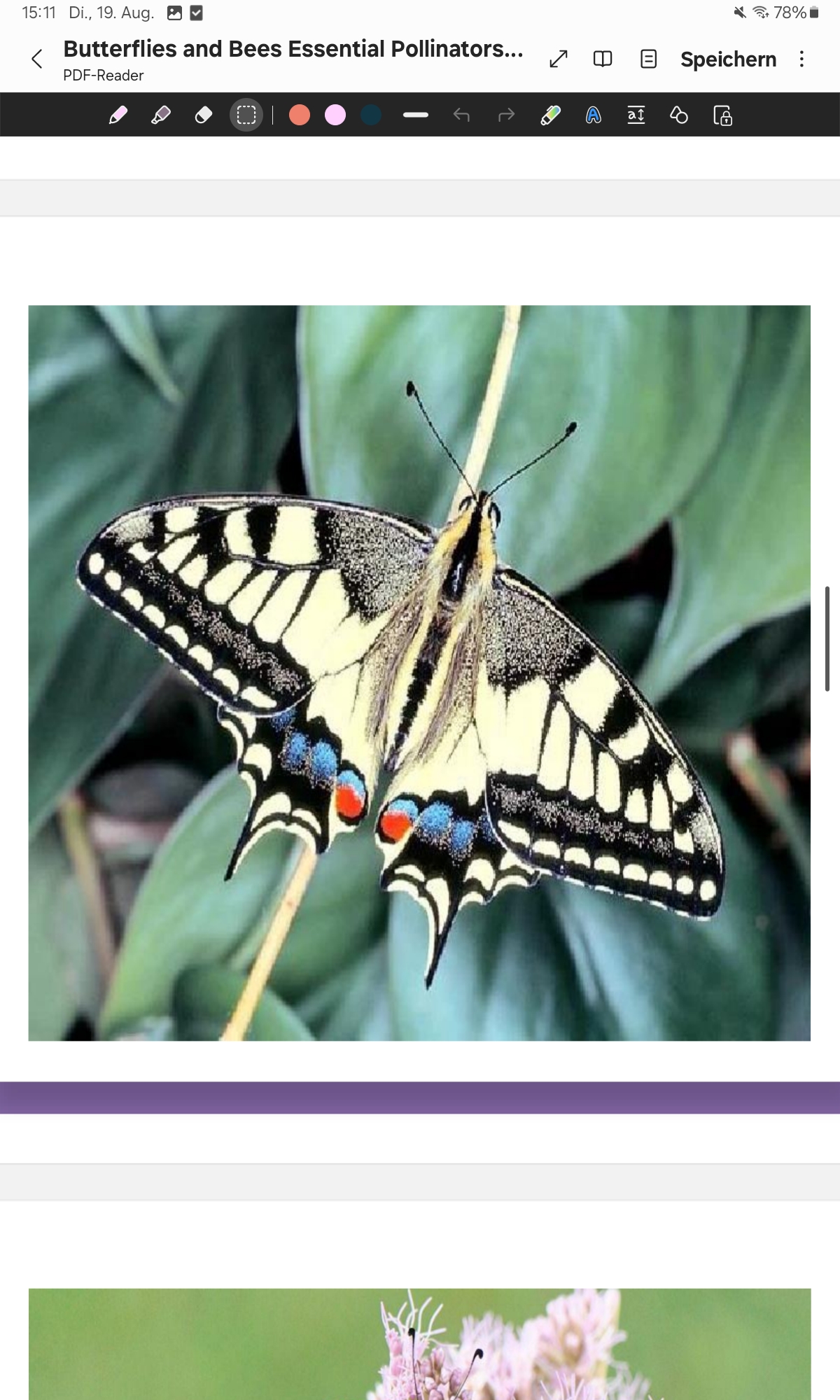
Swallowtail
(Papilio machaon) Old World swallowtail; pollinates fennel (Foeniculum vulgare) and dill (Anethum graveolens); yellow wings with bold black patterns and blue/red spots near the tail; protected under European laws.

Scarce Swallowtail
(Iphiclides podalirius) Pollinates flowering shrubs like hawthorn (Crataegus spp.) and thyme (Thymus spp.); large pale yellow wings with black stripes and tail-like extensions.
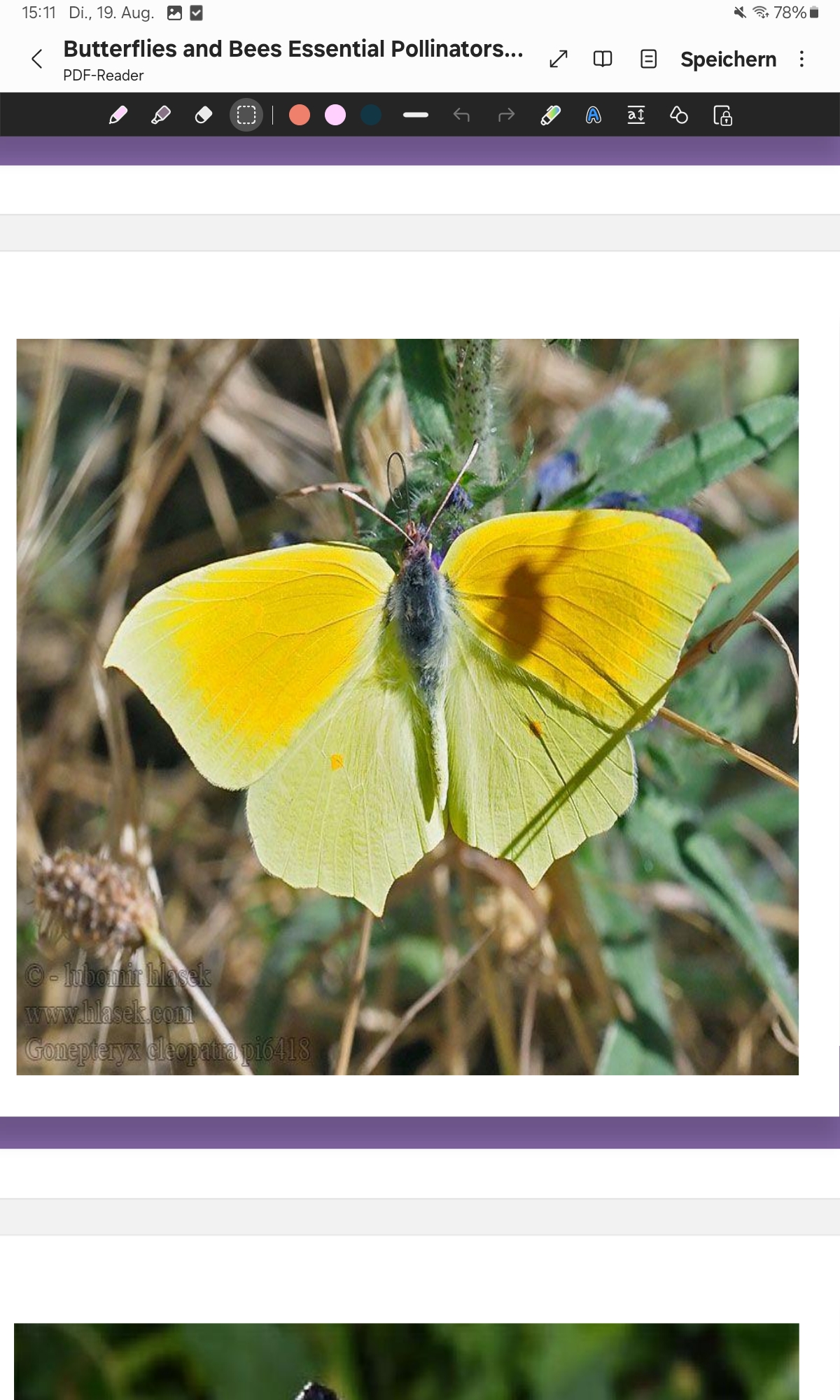
Cleopatra
(Gonepteryx cleopatra)Key pollinator for Mediterranean plants such as lavender (Lavandula spp.) and rockrose (Cistus spp.); bright yellow wings with orange tint in males.
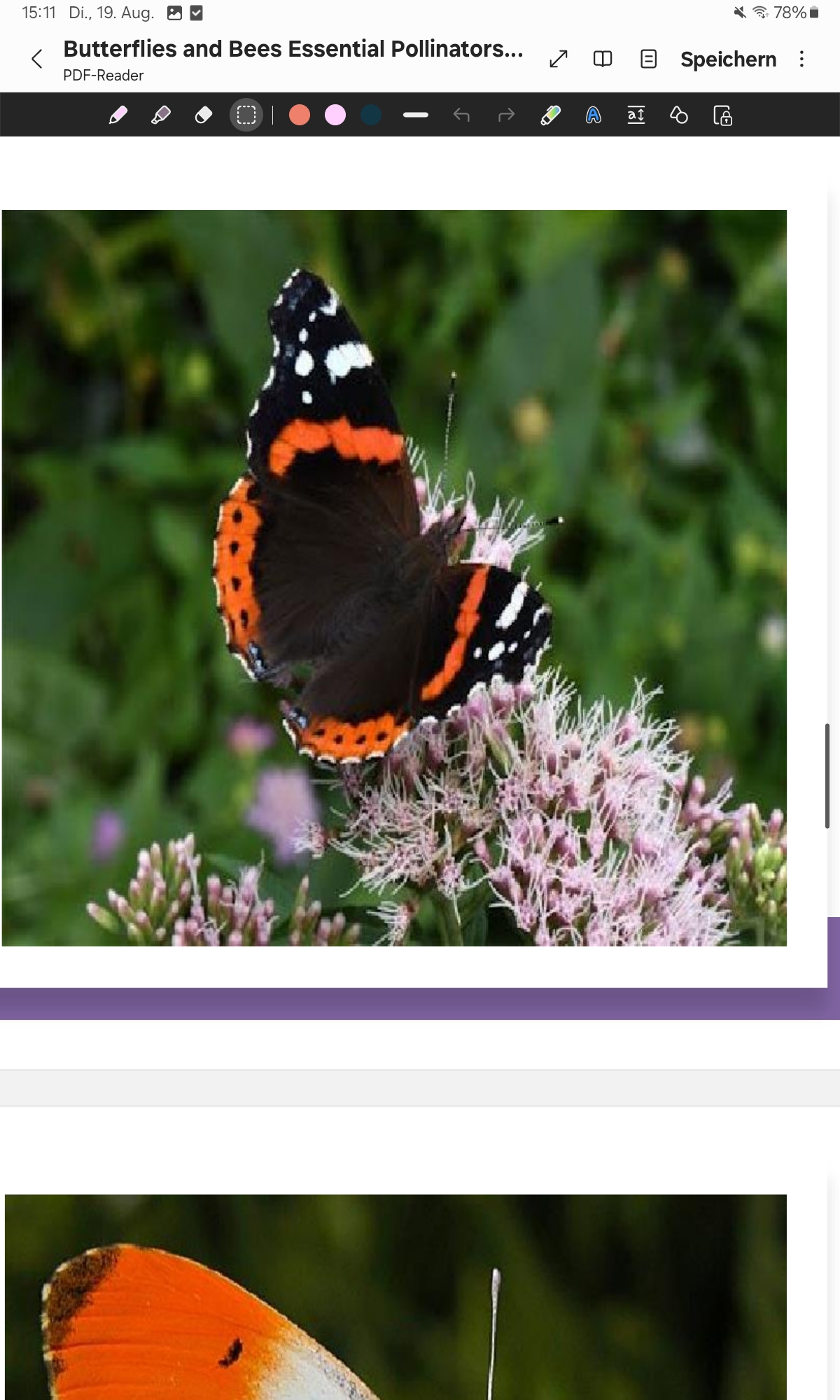
Red Admiral
(Vanessa atalanta)Pollinates ivy (Hedera helix) and nettles (Urtica dioica); black wings with red and white markings; migratory and adaptable to diverse habitats.
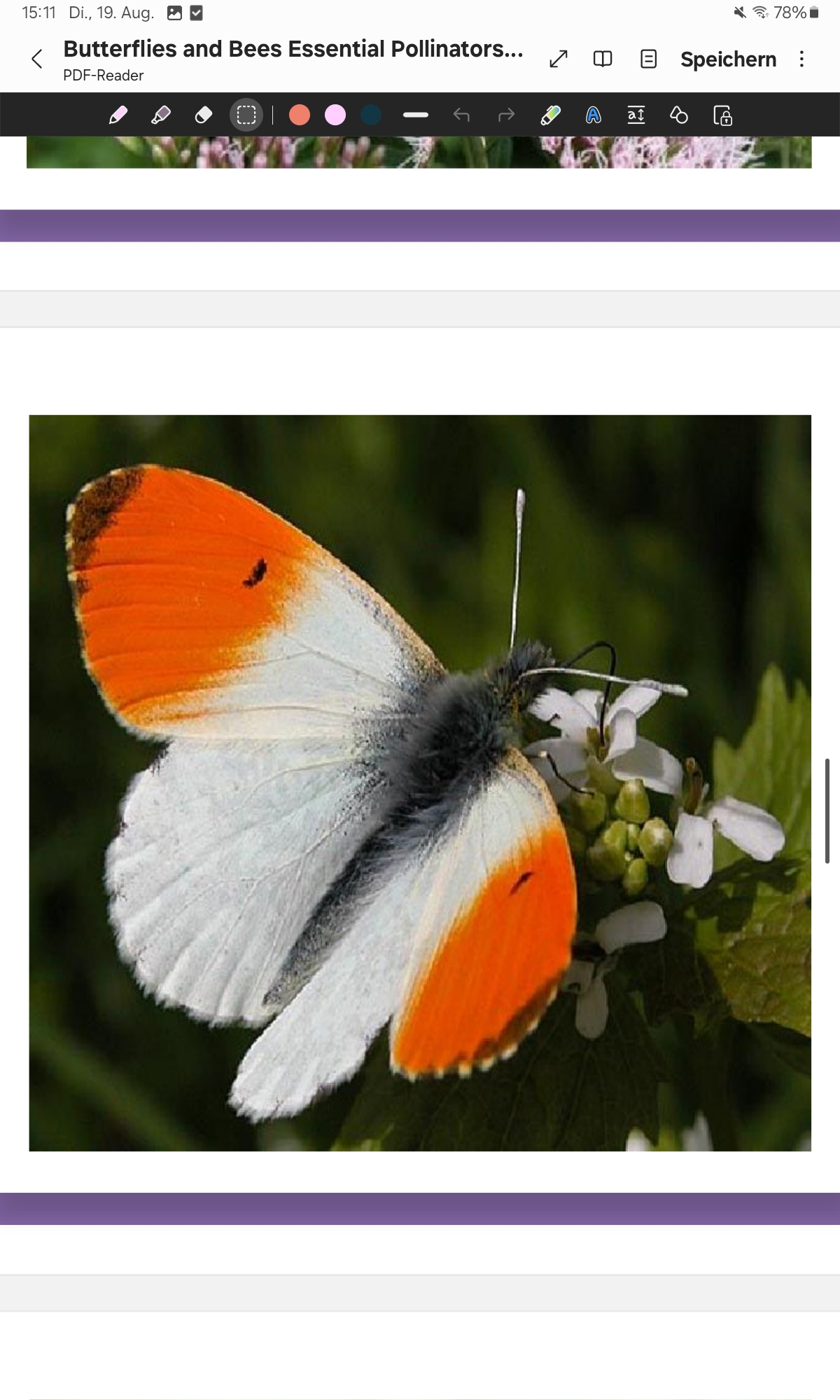
Orange-Tip
(Anthocharis cardamines)Pollinates wildflowers, especially in Brassicaceae; males have white wings with orange tips; green mottling on undersides; habitats include meadows and forest edges.
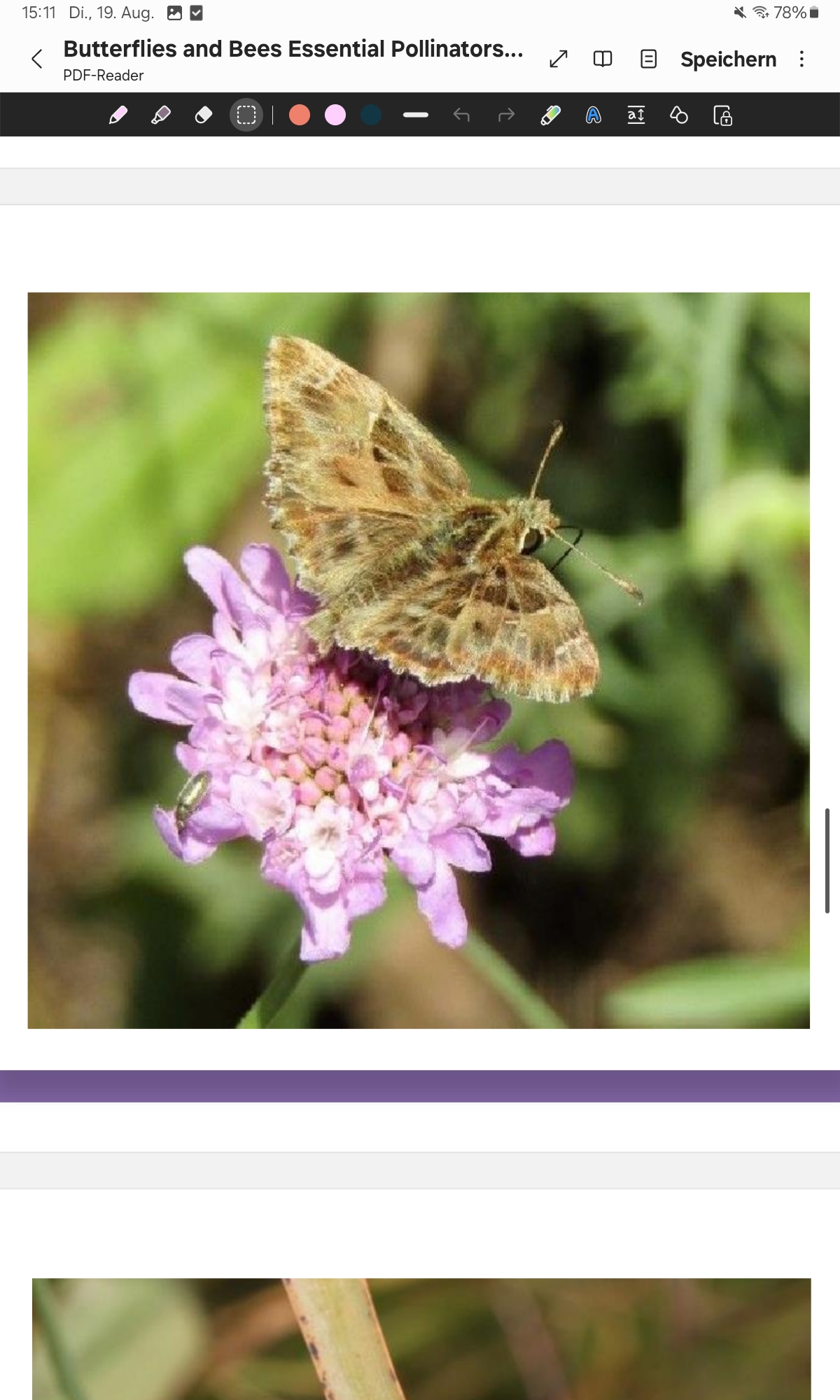
Mallow Skipper
(Carcharodus alceae)Pollinates mallow plants (Malva spp.) and other wildflowers; small, fast-flying; brown wings with a checkered pattern; prefers dry, sunny habitats.
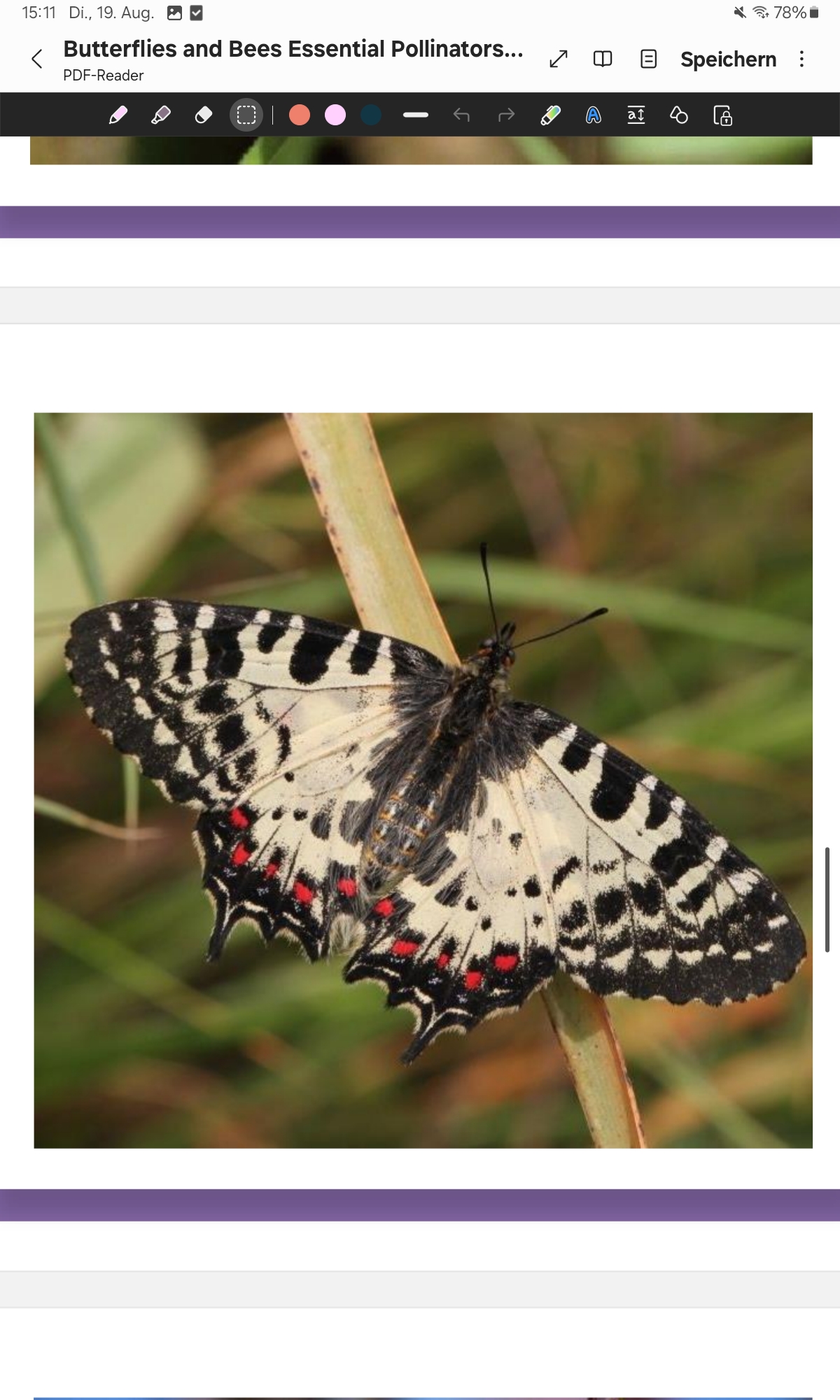
Eastern Festoon
(Zerynthia cerisy)Pollinates a variety of Mediterranean scrubland plants; creamy yellow wings with intricate black, red, and blue markings; found in hilly, rocky wildflower-rich areas.
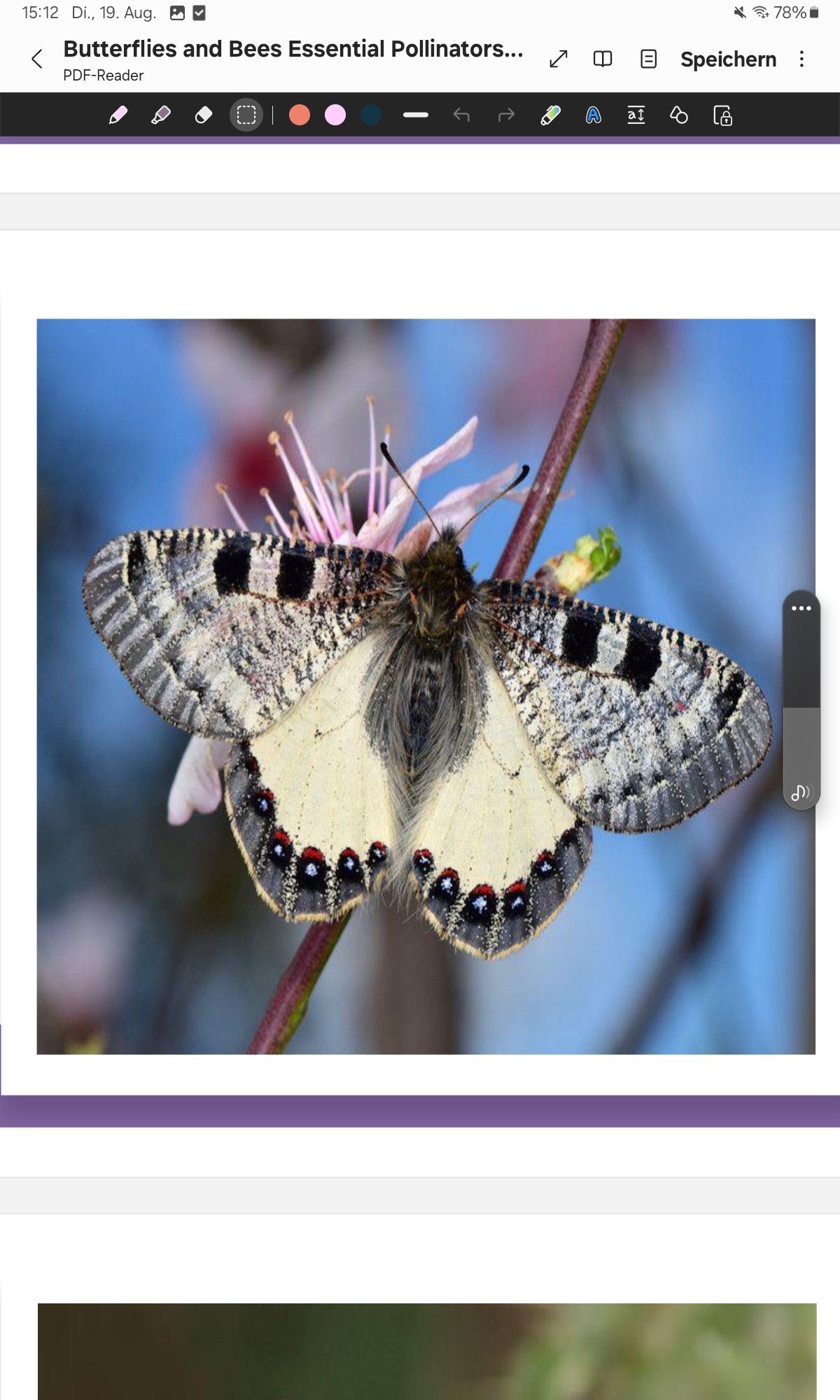
False Apollo
(Archon apollinus)Rare, localized butterfly; contributes to pollination in specialized warm, dry scrubby habitats; translucent wings with black and orange markings.
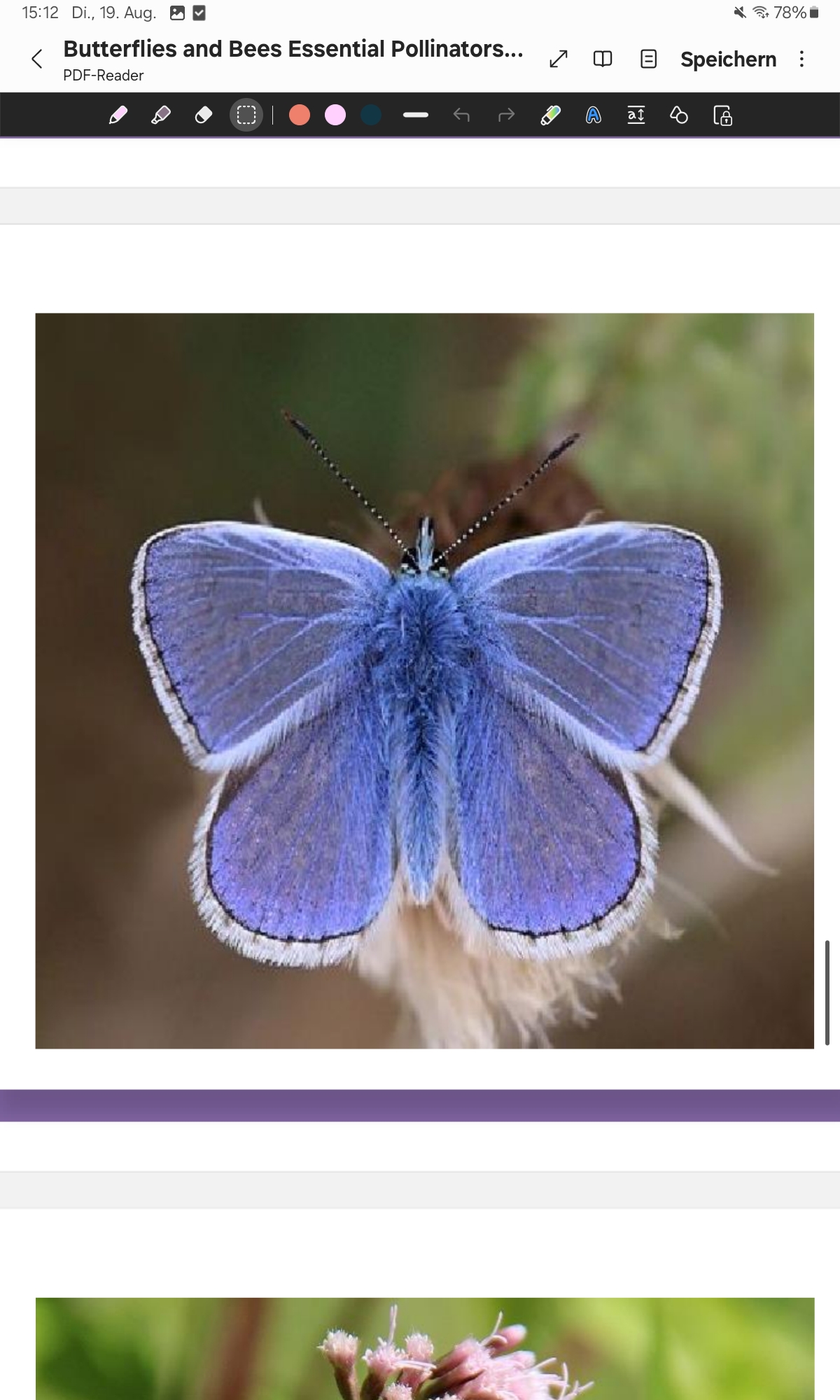
Common Blue
(Polyommatus icarus)Pollinates a variety of wildflowers in open grasslands; males have bright blue wings; females are brown with hints of blue and orange spots.
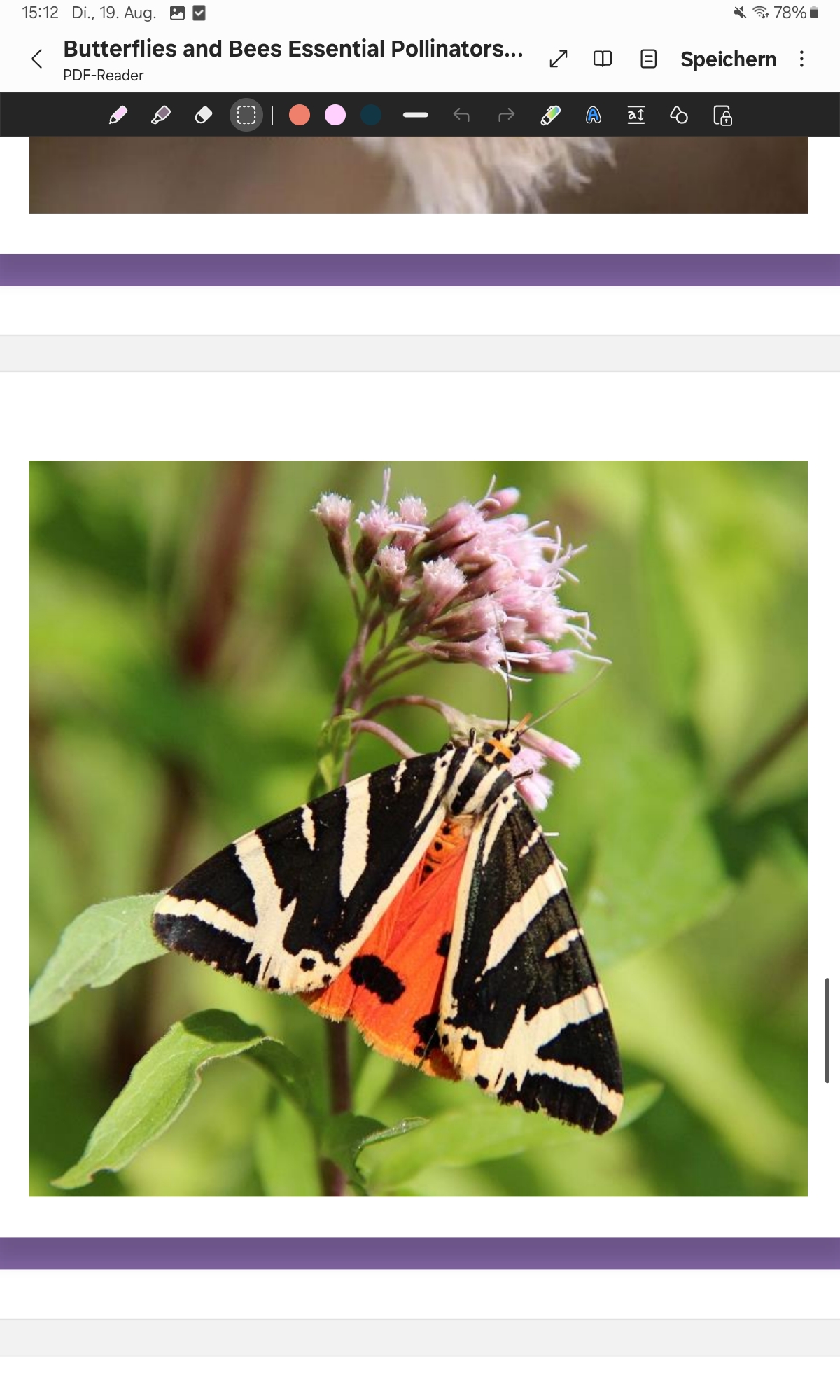
Jersey Tiger
(Euplagia quadripunctaria)Moth that pollinates under darkness; forewings with creamy white stripes and bold orange hindwings; habitats include gardens and coastal areas.
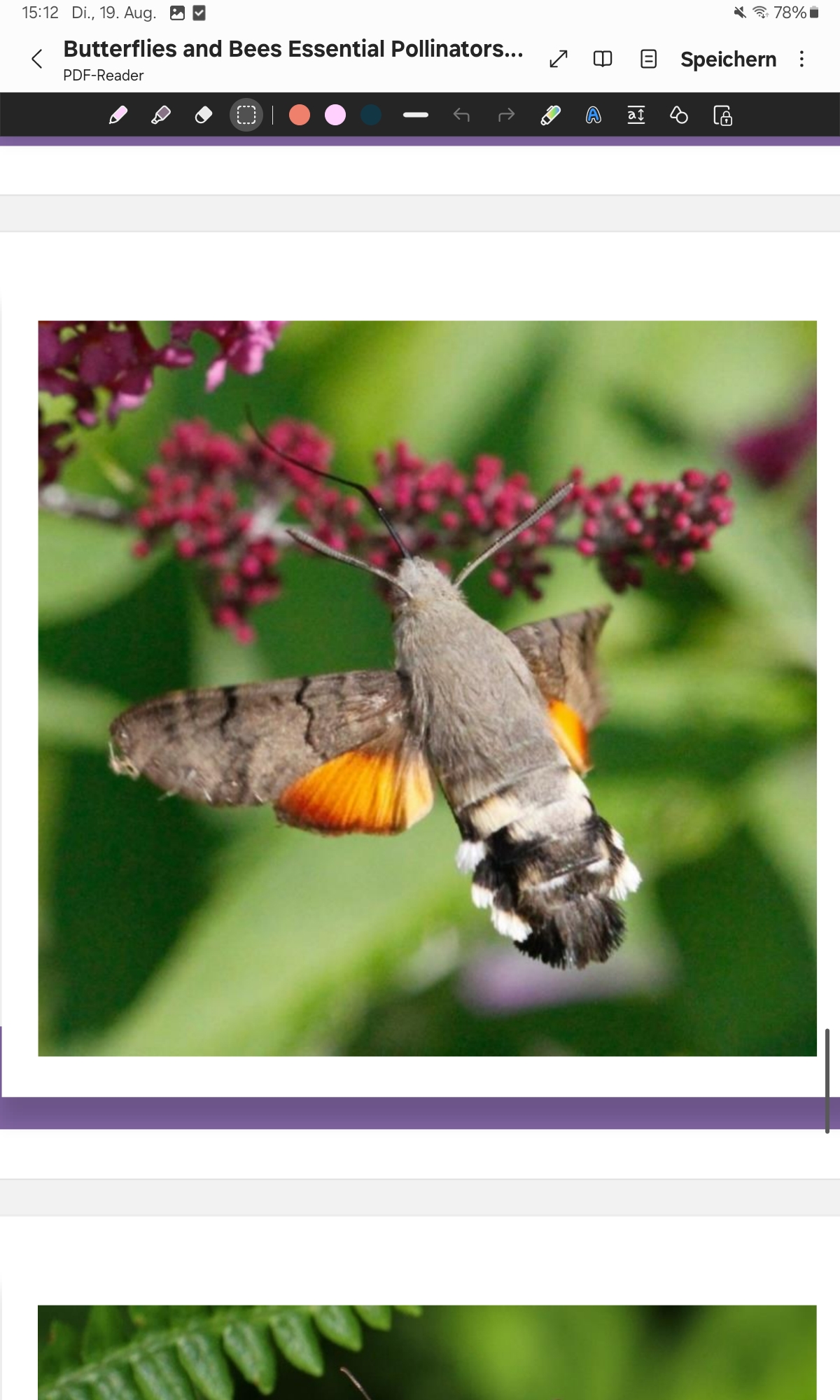
Hummingbird Hawk-moth
(Macroglossum stellatarum) Moth that pollinates a wide range of plants; can hover in flight like hummingbirds due to rapid wing movement; found in woodlands, gardens, meadows, and scrublands.
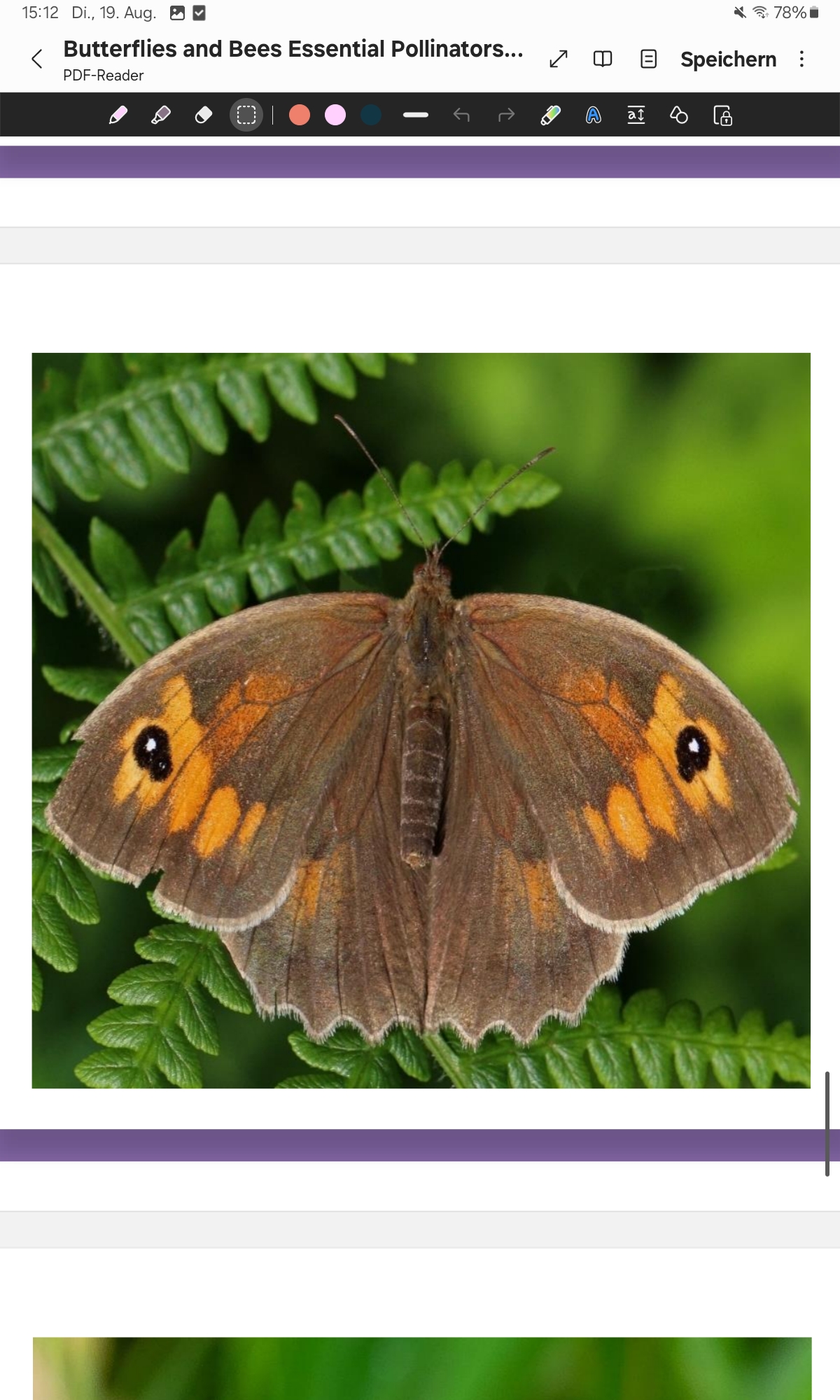
Meadow Brown
(Maniola jurtina)Butterfly whose fluffy hairs pick up pollen; rests with wings open due to eye spots on wings; habitats include meadows, scrub, and woodland edges.
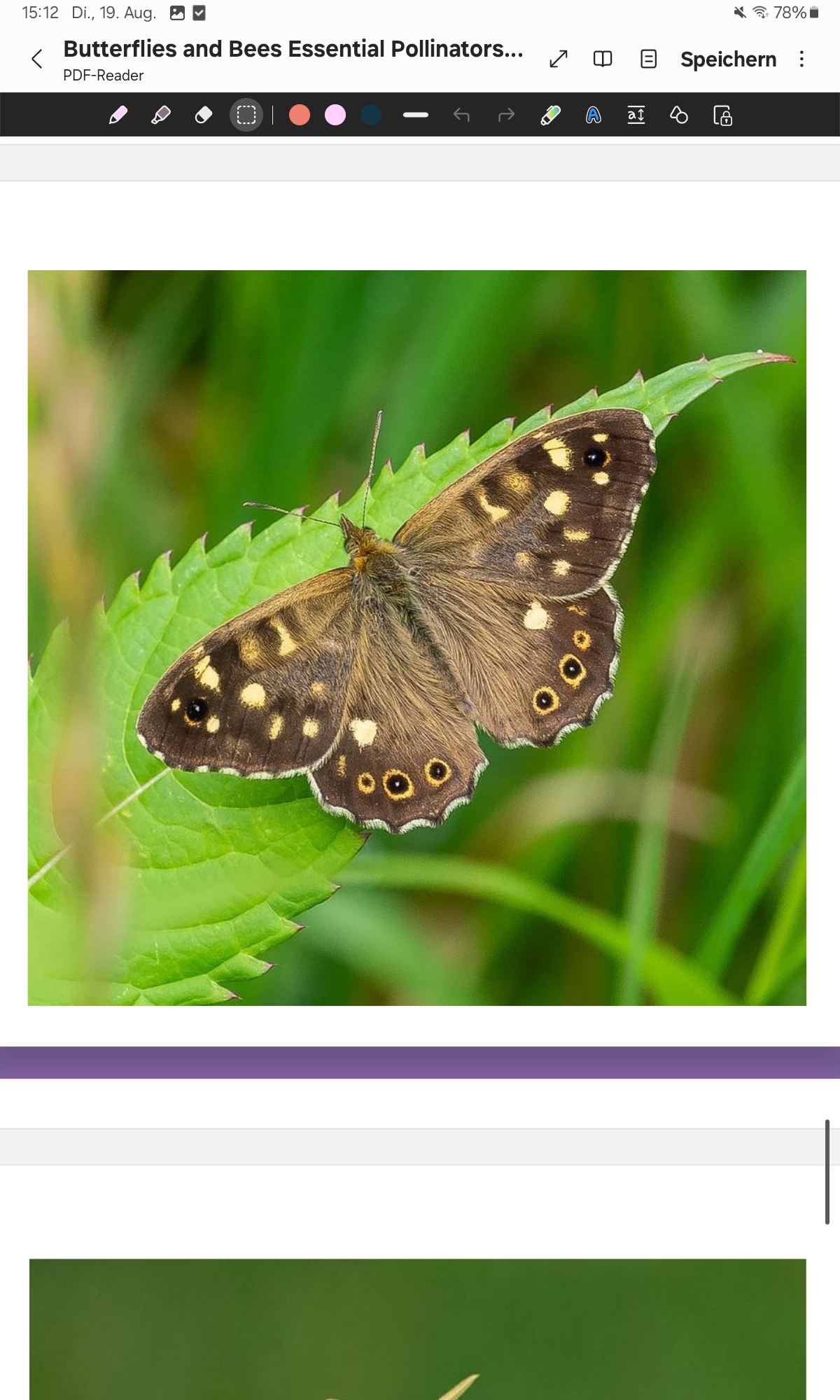
Speckled Wood
(Pararge aegeria)Butterfly attracted to vibrant flowers; contributes to reproduction of various plants; dark brown with creamy yellow spots and multiple eyespots; found in sunny patches in shaded woodland and tall grass.
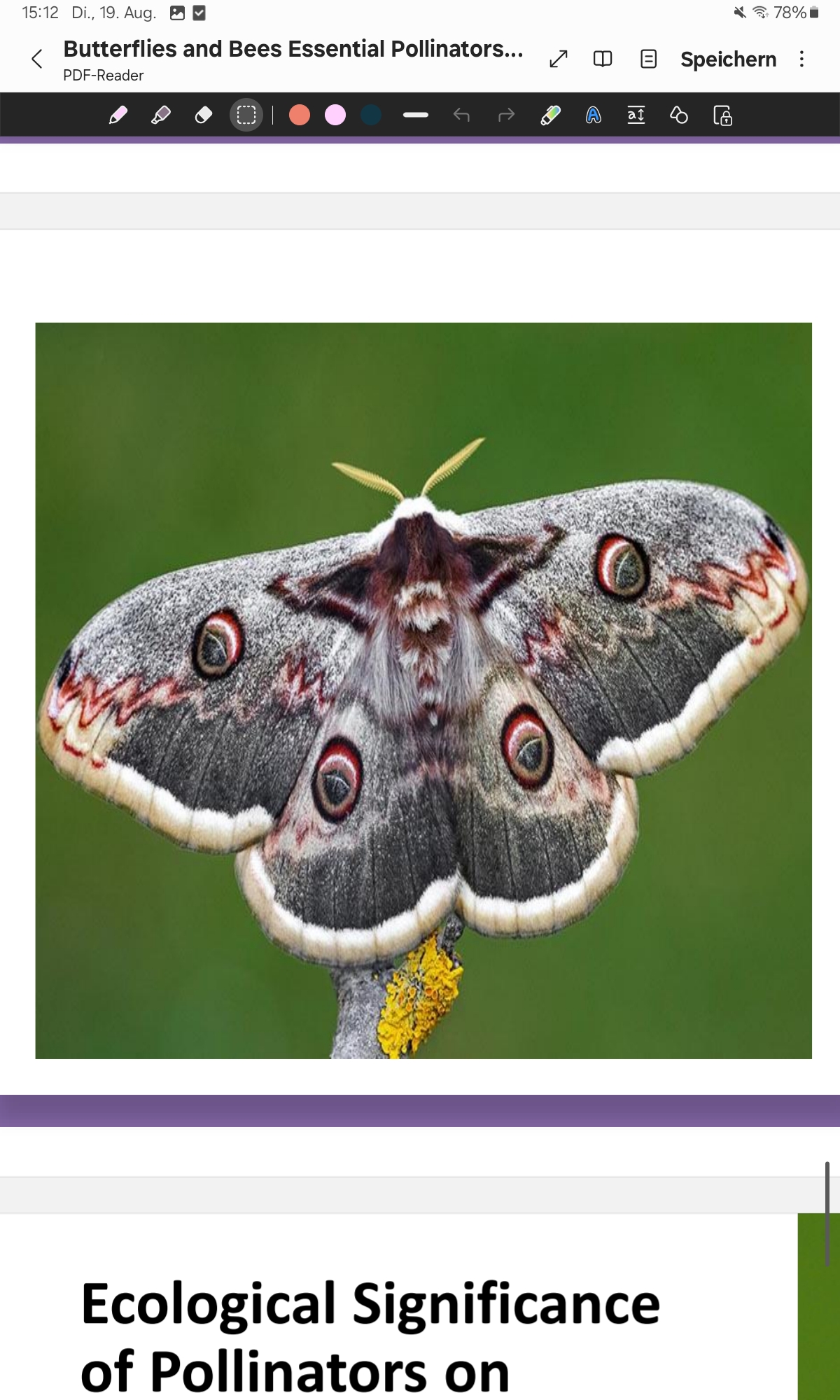
Giant Peacock Moth
(Saturnia pyri)Night pollinator of various plant species; large wings with eye-shaped spots for predator deterrence; habitat includes dry, hot open landscapes with Rosa family shrubs.
Ecologic